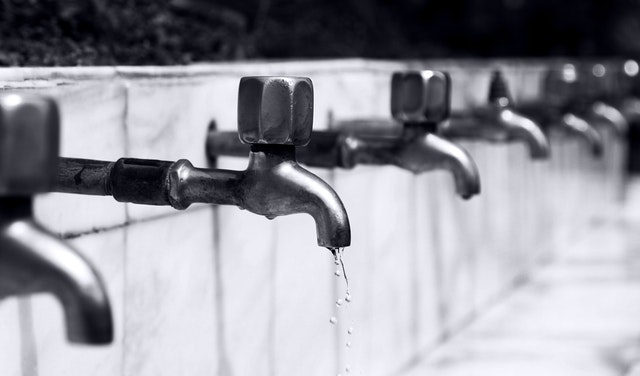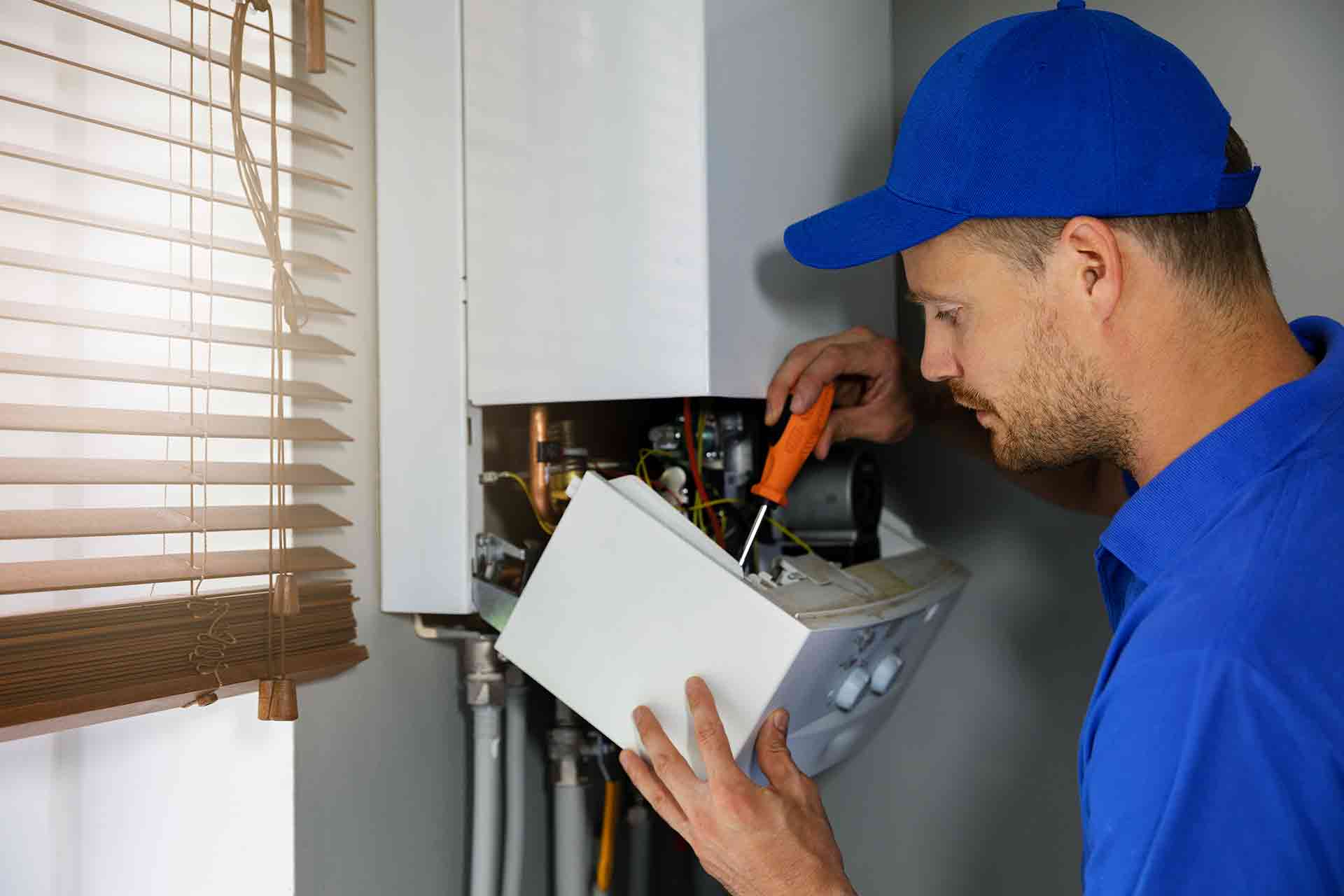Were you trying to find guidance about Plumbing Maintenance and Repair in your Rental Property?

Managing pipes concerns in rental residential properties successfully is vital for keeping lessee complete satisfaction and maintaining the home's value. Whether you're a landlord or a home manager, recognizing exactly how to resolve these common troubles can conserve you time and money while making sure compliance with legal duties. Right here's a step-by-step guide on how to manage plumbing problems in rental properties.
Paper Whatever
Keep comprehensive records of all reported plumbing problems and the activities required to solve them. Documents needs to include dates, descriptions of the problem, communication with renters, and receipts from specialists or plumbing professionals. This details can be crucial for insurance claims, tax deductions, and legal security.
Usage Qualified Professionals
Constantly utilize accredited and insured specialists for substantial pipes repair services and installments. This makes certain that the job depends on code and can assist prevent obligation problems in case of accidents or further damage. It also reassures lessees that fixings are being handled professionally.
Develop Clear Interaction
Motivate occupants to report any type of plumbing concerns as quickly as they happen. Supply several communication channels such as phone, email, or a tenant site to make it simple for them to reach out. Prompt feedbacks to these records can stop minor issues from escalating into significant issues.
Educate Tenants
Enlighten your occupants about what constitutes a pipes emergency and what does not. Provide standards on exactly how to handle small problems themselves, such as using a bettor to unclog a commode. Additionally, inform them concerning what they must prevent putting down drains pipes to prevent obstructions, such as grease, coffee grounds, and non-biodegradable products.
Regular Upkeep
Execute a regular maintenance schedule for all pipes systems in your rental buildings. Routine checks can aid determine and resolve concerns like leaks, sluggish drains, or rusty pipes prior to they become severe. Consider working with a professional plumbing professional to examine the buildings every year or semi-annually.
Quick Feedback to Emergencies
Have a strategy in place for reacting to pipes emergencies. This must consist of having the contact details of dependable pipes services that provide 24/7 emergency situation repairs. Quick action is vital to minimize damage in scenarios like burst pipes or serious leakages.
Preventive Upgrades
Consider upgrading older plumbing systems and components to extra modern, effective versions. This can lower the frequency and seriousness of pipes issues and lower long-lasting upkeep prices. It's also a selling point for prospective occupants that value upgrades and modern features.
Renter Move-Out Inspections
Conduct complete pipes checks throughout move-out inspections to ensure that any type of problems are determined and attended to prior to a brand-new lessee moves in. This avoids conflicts with new occupants over pre-existing problems and makes sure the building remains in leading problem.
Understand Lawful Duties
Recognize your lawful duties pertaining to pipes and basic building upkeep. The majority of territories call for property managers to guarantee their properties are habitable which all pipes systems remain in good working order. Failure to deal with major issues promptly can bring about lawsuits from occupants.
Occupant Compensations
If a plumbing issue calls for instant interest and the tenant resolves the concern by themselves, have a clear policy in place for compensating expenses. Make sure occupants know they should get prior approval for higher-cost fixings unless it's an outright emergency.
Verdict
Managing plumbing issues in rental buildings needs a proactive strategy and great communication with lessees. By staying on top of upkeep, reacting promptly to emergency situations, and making use of competent experts, property managers can keep their residential properties in outstanding problem and preserve excellent relationships with lessees.
How to Handle Water Damage in a Rental Property
What is Water Damage?
Water damage is harm or destruction caused by water entering areas where it is not supposed to be. It can be caused by a variety of sources and can manifest in different ways. The most common examples of water damage include:
Leaking roof Plumbing leaks Appliance malfunctions Poor drainage Flooding Sewage backup Condensation Tenant negligence HVAC system issues Frozen pipes Is water damage dangerous?
Water damage itself is not inherently dangerous, but it can lead to various hazards and health risks if not promptly and properly addressed. The severity of these risks depends on the extent of the water damage, the source of the water, and how quickly it is mitigated.
Some potential dangers associated with water damage include structural damage, mold and bacterial growth, electrical hazards, water contamination, and pest infestations. In situations where mold and mildew have gone unaddressed, mold can start to develop within 24-48 hours of water exposure, and this can impose a serious health risk to tenants. In particular, mold spores and damp conditions can lead to respiratory issues and even make existing health problems worse, such as allergies, asthma, or immune disorders.
Water Damage in an Apartment - Who is Responsible?
If the water damage is caused by the tenant’s negligence, the tenant is responsible for the cost of repairs. If the water damage is caused by a defect in the property, the landlord is responsible for the cost of repairs. If the water damage is a result of natural causes, such as excessive rain, then the landlord is responsible, since the water intrusion likely occurred due to a defect in the property. Landlord Responsibility water damage in rental property
Since maintaining habitability is the landlord’s legal responsibility, landlords are responsible for any resulting structural damage caused by water damage. These structural damages may include damage to walls, roofs, ceilings, and flooring. If water damage has affected the rental property’s original structure, the landlord is responsible for repairing or replacing those materials. Therefore, landlords should have property insurance that covers the structural components of their rental property so that they can receive help with the costs of covered events.
Preventative measures can also help landlords avoid massive renovations. Preventative maintenance may include conducting regular inspections to identify and address potential water damage before it becomes a major and urgent problem.
If a landlord fails to meet their responsibilities regarding water damage, it can lead to legal disputes and potential liability. Tenants who believe their landlord is not addressing water damage issues in accordance with California law can seek legal advice or contact local housing authorities for assistance.
https://www.goodlifemgmt.com/blog/water-damage-in-a-rental-property/

I came across that review about Who is responsible for plumbing maintenance when browsing the search engines. Kindly take the time to distribute this content if you appreciated it. Thanks a lot for taking the time to read it.